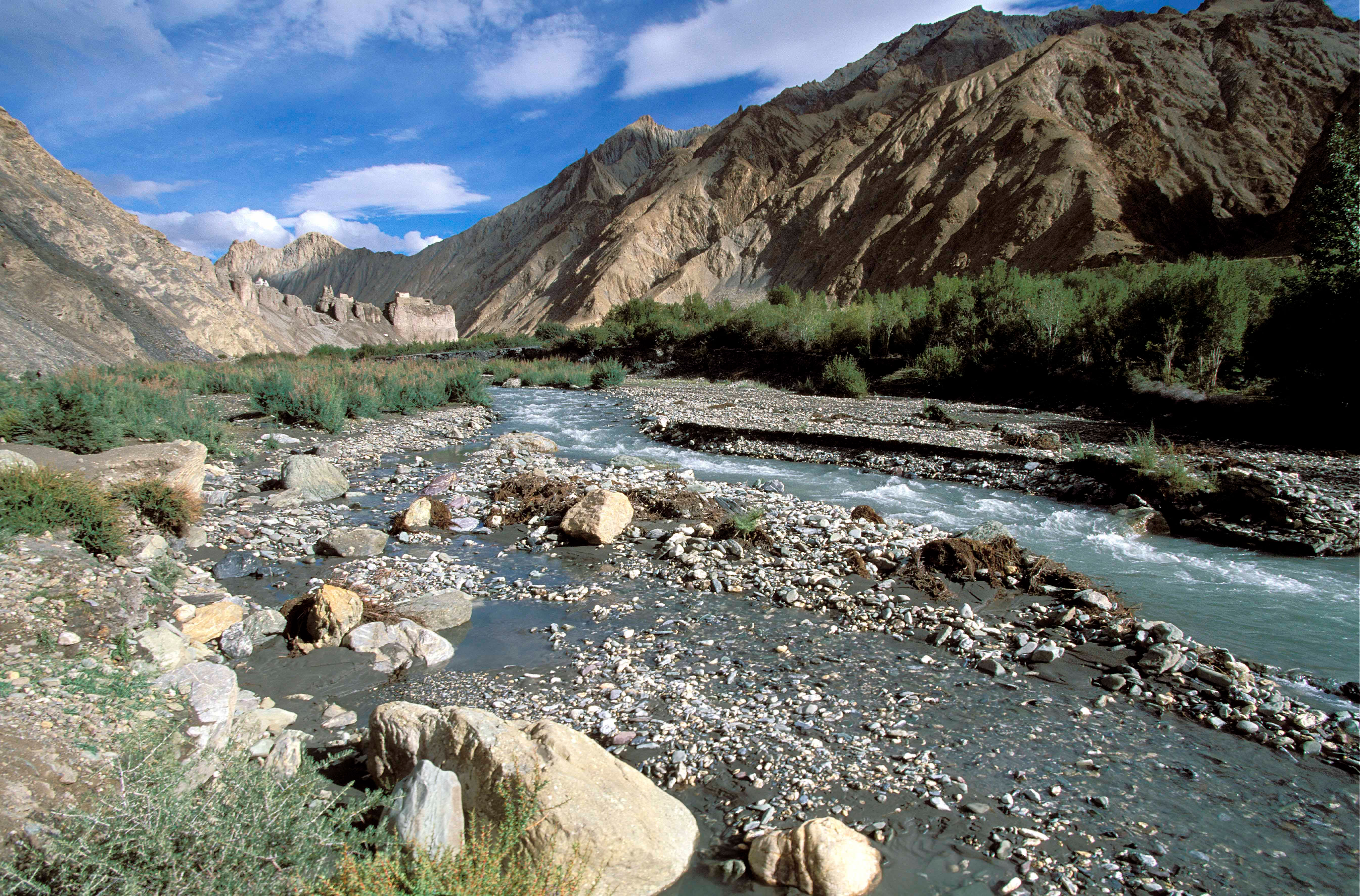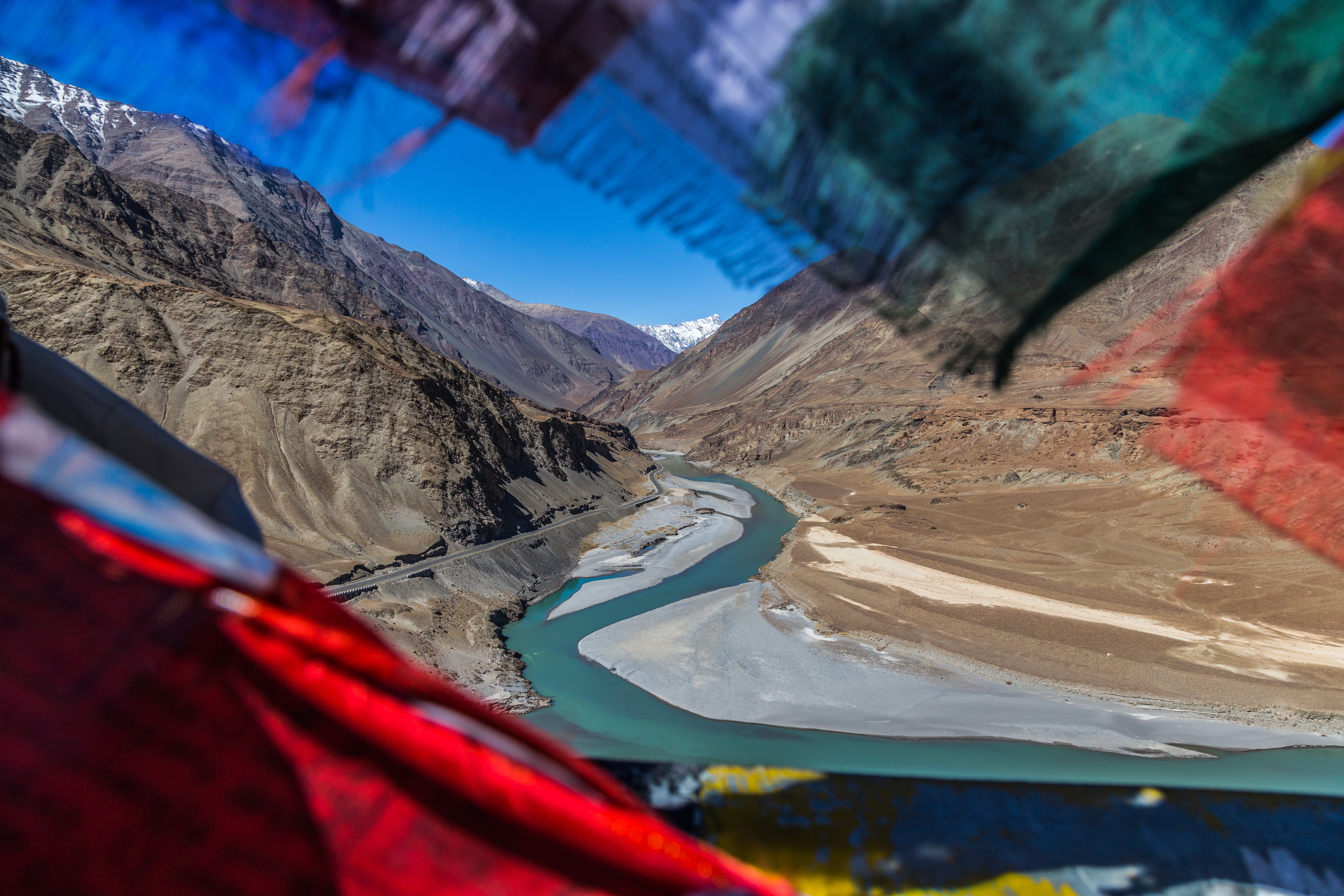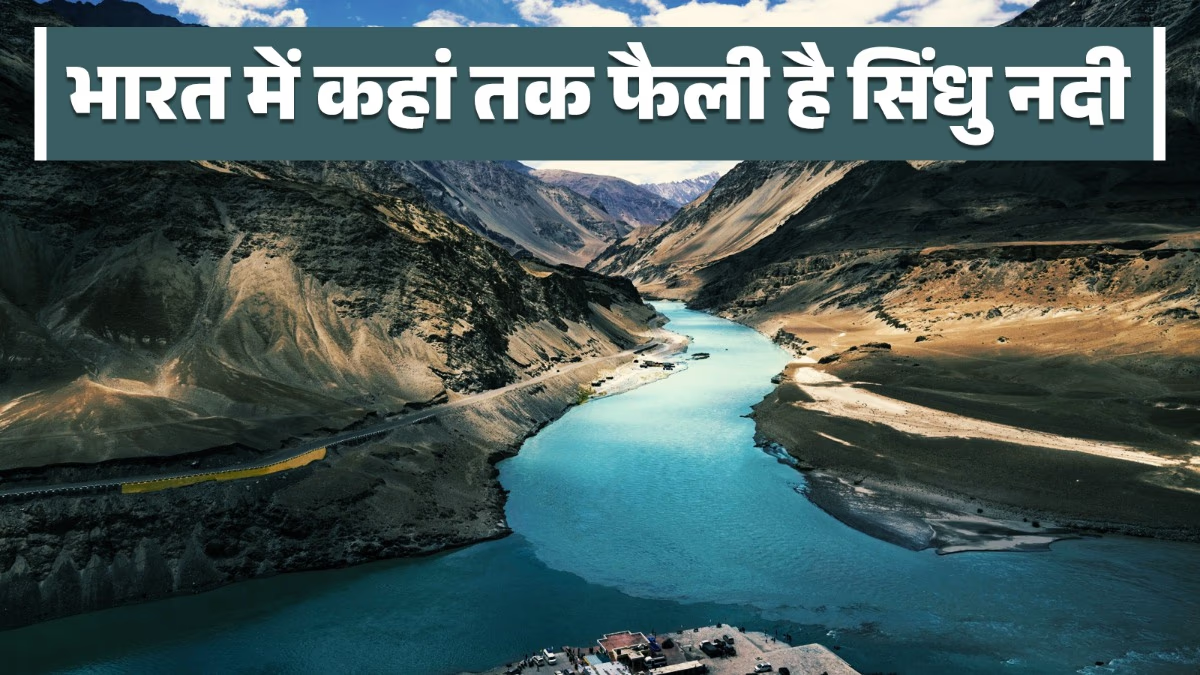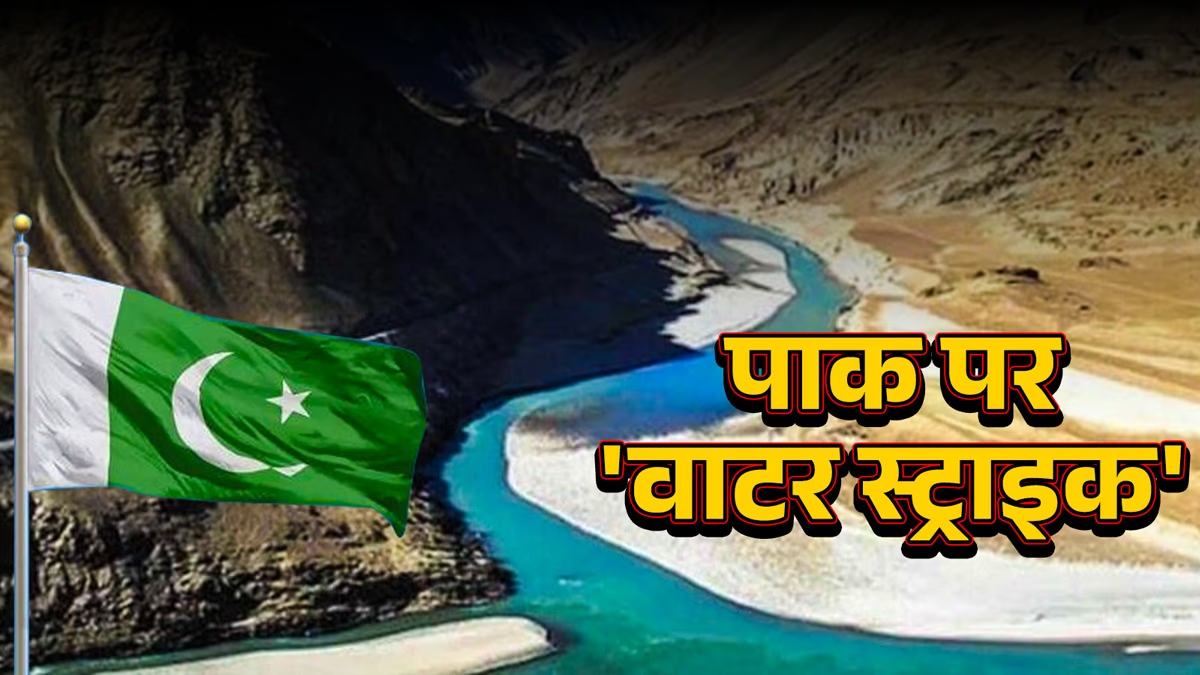Understanding the Indus Water Treaty:
Following the tragic attack in Jammu and Kashmir's Pahalgam, which claimed 28 lives, India has taken decisive actions against Pakistan. The Indian Cabinet Committee on Security (CCS), under Prime Minister Narendra Modi's leadership, made five critical decisions, prominently deciding to halt the Indus Water Treaty. This reignited discussions around what this treaty truly means and its ties to Indo-Pak relations. Let's delve deeper into its intricacies.
What is the Indus Water Treaty?
The historic Indus Water Treaty was signed on September 19, 1960, after nearly nine years of negotiations between India and Pakistan. With the World Bank as a mediator, the treaty was inked by then Indian Prime Minister Jawaharlal Nehru and Pakistani President Ayub Khan in Karachi. This treaty delineated the division of the Indus river system's six major rivers.
Under the agreement, India was granted full control over the three eastern rivers—Beas, Ravi, and Sutlej—while Pakistan received rights to the three western rivers—Indus, Chenab, and Jhelum. Although these western rivers originate in India before flowing into Pakistan, India is allowed limited use, mainly for domestic needs, irrigation, power generation, and navigation.

Source: aajtak
Out of the 168 million-acre feet total allocable waters of the eastern rivers Beas, Ravi, and Sutlej, 33 million-acre feet are allocated to India annually. Any surplus water subsequently flows into Pakistan. In contrast, the western rivers—Indus, Jhelum, and Chenab—supply approximately 135 million-acre feet annually, predominantly benefiting Pakistan.
Under this treaty, around 80% of the Indus system's water is designated for Pakistan, whereas India is permitted to utilize only 20%. Often labeled Pakistan's 'national river', the Indus is vital for its agriculture, drinking water, and energy production. Numerous hydroelectric projects in Pakistan capitalize on this river. Conversely, India faces several restrictions on water usage, while Pakistan benefits significantly.

Source: aajtak
Length and Reach of the Indus River
According to Indiawris.gov.in, the Indus River, Pakistan's 'national river', flows through many countries, spanning China (Tibet), India, Afghanistan, and Pakistan. Its basin covers about 11,65,500 square kilometers. In India, this basin extends across Jammu & Kashmir, Himachal Pradesh, Punjab, Rajasthan, Haryana, and the union territory of Chandigarh, occupying approximately 321,289 square kilometers, which is 9.8% of India's total geographic area.
This basin stretches across longitudes 72°28’ to 79°39’ and latitudes 29°8’ to 36°59’ in India, with a maximum length of 756 km and a width of 560 km. It is bordered by the Himalayas in the east, the Karakoram and Haramosh ranges in the north, the Sulaiman and Kirthar mountains in the west, and the Arabian Sea to the south. Originating near the sacred Lake Manasarovar in Tibet from the Sin-ka-Bab stream at an elevation of 5,182 meters, the Indus River courses through Tibet and Kashmir before descending into Pakistan, covering a distance of 2,880 km, with 1,114 km flowing within India.
Indus Waters Across 32 Indian Constituencies
Around 35.8% of this basin's expanse supports agricultural activities, while 1.85% consists of water bodies. The basin touches upon 32 Indian parliamentary constituencies, inclusive of 13 in Punjab, 7 in Jammu and Kashmir, 4 each in Himachal Pradesh and Haryana, 3 in Rajasthan, and 1 in Chandigarh.
Pakistan's Dominance on Indus Waters
The majority of the Indus River's waters are channeled into Pakistan. This river is a linchpin for Pakistan's drinking water, irrigation, and power needs, underpinning numerous hydroelectric ventures. While India faces restrictions on the controlled rivers' water use, Pakistan's reliance and regulatory insights escalate due to potential drought and famine threats.




